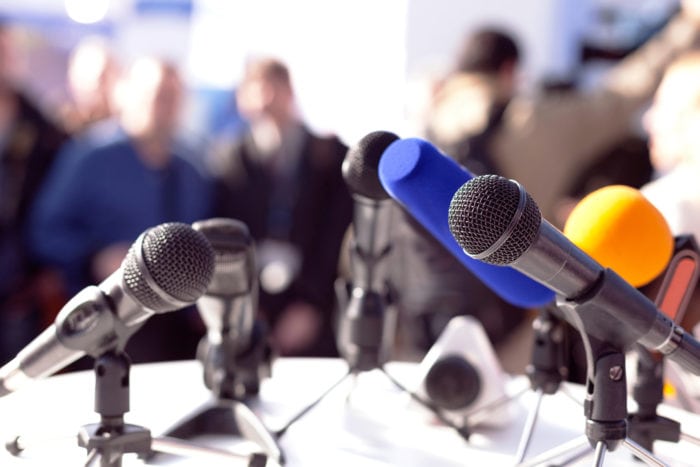
This April, 1,000 members of the news media industry will descend on Washington, DC for the Newspaper Association of America’s (NAA) annual conference, NAA mediaXchange 2016. As NAA prepares to welcome attendees to its home town, it is calling on another local, Marty Baron, Executive Editor of The Washington Post, to deliver the opening keynote to kick off the event.

As a key figure involved in breaking the landmark Boston Globe story in 2002 that was recently the subject of the Academy Award-winning film, Spotlight, Baron is known across the industry for his relentless pursuit of stories that need to be told. His perspective on the path forward for the industry will undoubtedly set the tone for the entire conference. And during a time of rapid transformation of the industry, there is perhaps no more relevant topic for his speech than the future of news.
Baron’s belief in the power of journalism and his optimism for the future of news media is as strong as ever. “We now have the opportunity to not think of ourselves as just print newspapers,” Baron told NAA. “We are able to attract an audience that is far bigger than what we have seen before. That should be an exciting prospect for us. It’s imperative that we actually adapt, and not just adapt but embrace this future.”
This embrace of the future includes improving the way newspapers use digital media to tell a story. “We have to recognize that people are interacting with our work in different ways. We’re working with a [digital] medium that’s unlike anything we’ve done before, and we can’t just use old techniques,” Baron said. “What we’re seeing is the emergence of a distinct medium, in the same way newspapers and radios have been a distinct medium. There are different storytelling techniques with the emergence of the web, because a story that’s written in a traditional fashion doesn’t work well on the web, and video that works well on broadcast outlet doesn’t work well on the web. We’re all learning something new.”
In the three years since Baron joined The Washington Post’s editorial leadership, the news organization has earned a reputation for pioneering new technologies and experimenting with the latest social media tools. New products it has developed in the last three months include Re-engage, a tool to bring distracted mobile readers back to Post content; the real-time content-testing software Bandito; and a new ad unit, InContext, that pairs brand messages with editorial content on the same topic.
Baron sees all of these tools as ways to enhance a story and further develop a relationship between reader and reporter, which is where the ultimate value lies. “It’s about creating an overall sense of loyalty and attachment to our work. We’ve hired people who have a facility for the new storytelling forms, because they tend to write with a stronger voice that is more conversational and accessible and employ all the tools at the moment – video, audio, tweets, original documents and annotations. These are storytelling forms that can’t be replicated in a newspaper or radio; they can’t be replicated on TV. They can only be done on the web or a mobile device.”
Baron is also bullish on social media, believing that these channels will be fundamental to the future of the industry. The Washington Post is already actively engaging with readers on Facebook Instant Articles and Snapchat Discover, for example, and is also leveraging the media as a newsgathering tool.
“In addition to responding quickly to developing news, our team closely tracks the conversations that are taking place within social media so we are clued into stories that are the talk of the country at an early stage,” said Baron, noting that, “We may not otherwise be aware of them because they don’t come from institutional sources.”
While every news organization has found the tools that work best for them, there is great value in collaborating within the newspaper industry to share techniques and strategies that have been successful with different audiences and topics.
The industry as a whole is “learning at a rapid pace,” said Baron. “Just because something is difficult does not mean that it is impossible. I think we’ve demonstrated that we’re more resilient than people give us credit for. We’ve shown a heightened level of sophistication about the media environment, and that gives me confidence.”
To hear more on the future of news from Marty Baron, register now to attend NAA mediaXchange 2016.
